Eddie Jones shares his knowledge about the one pest that most airgun hunters will encounter: the wild rabbit
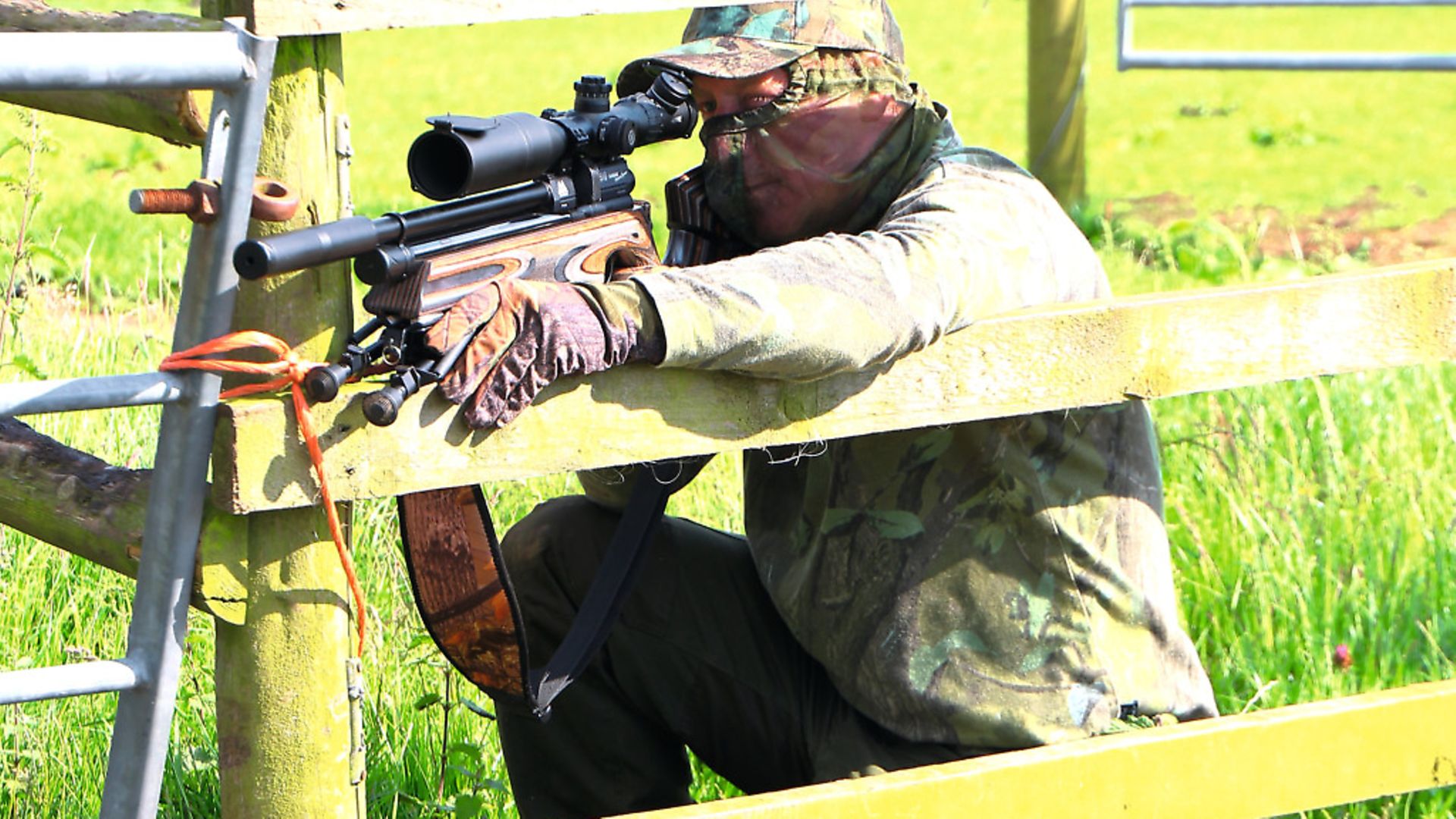 credit: Archant
credit: Archant
The wild rabbit is more commonly known as the ‘European rabbit’ and originates from warmer climates like France, Spain and Portugal. The rabbit was introduced to England in the 12th century AD by the Normans and kept in captivity in warrens as a source of meat and fur, but we know what happens to most animals that are kept in captivity, many escape and start to populate areas pretty quickly. The rabbit has been persecuted from the minute it started to get a hold of the landscape. Farm crops and even grass fields can become decimated if the population of rabbits is high enough.
Help!
I can remember getting a call from a dairy farmer, many years ago. He was at his wit’s end because the rabbits were eating more grass than his cows, and when he showed me around the ground I couldn’t believe the number of rabbits I was seeing – wave after wave of brown fur ran into the woodland as we got closer to them. I was in heaven; this was a dream for me. The first three months of shooting this ground with the help of a friend resulted in over 2000 rabbits shot. It was a remarkable achievement back then, and one memory I will take with me until the end. I still shoot the ground now, after 25 years, and on a good night with a thermal spotter I will see around 40 rabbits. This is now a healthy population to manage and take the odd one for the pot, but as soon as summer arrives, I know I will have to have one or two serious outings to make, to keep the levels down after the breeding season.
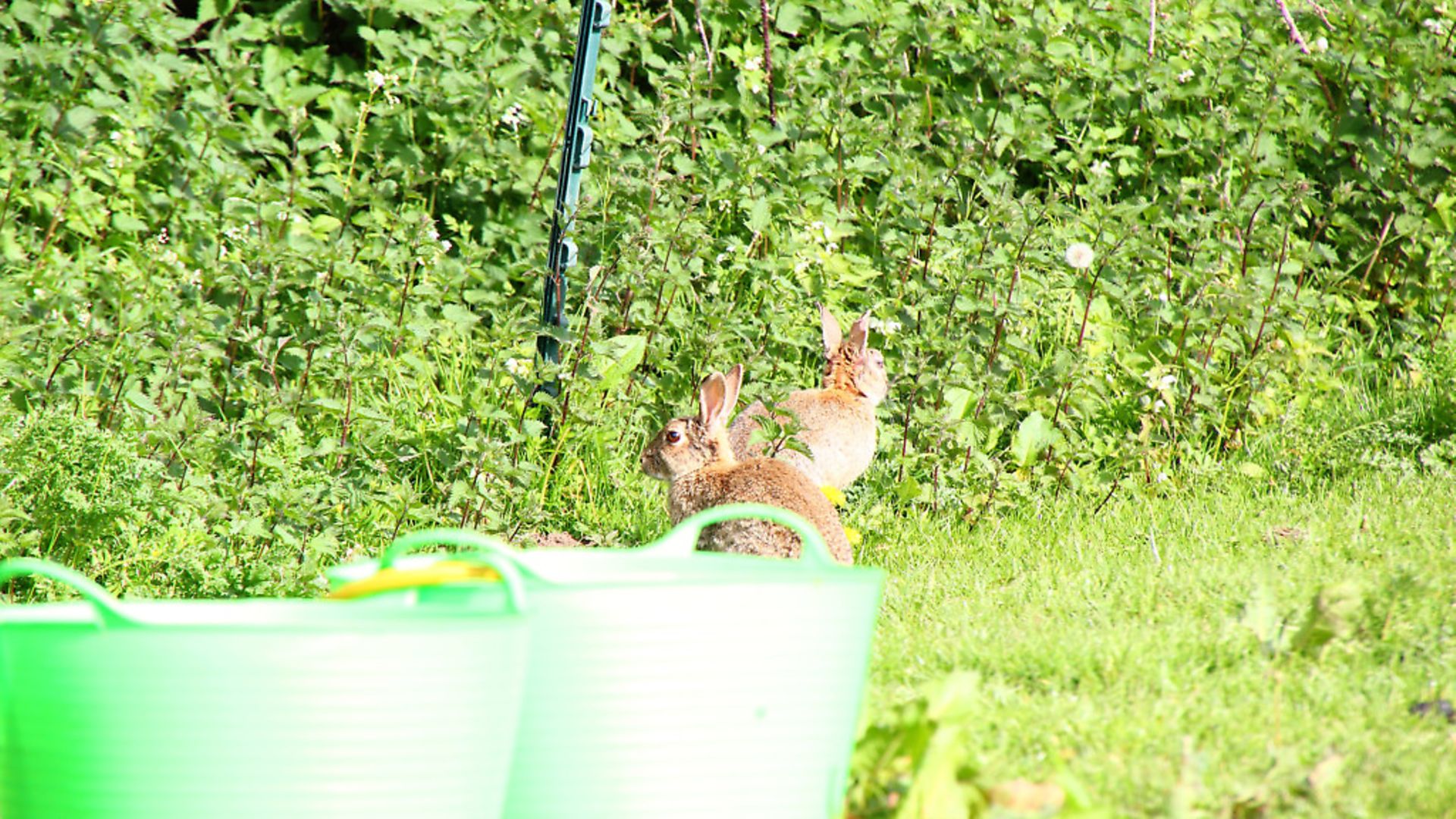 credit: Archant
credit: Archant
Living underground
The rabbit is well known for digging many connecting burrows that form a warren. This is where they spend most of its time when not feeding, and in winter they will spend most of their time below ground unless they are in woodland, where you may see the odd rabbit moving about. This is when lamping with the aid of a torch, or night-vision devices, comes into its own. Without doubt, lamping is the best way to get good numbers of rabbits if the farmer is pressuring you to control them pretty drastically. They’ll have up to seven young at any one time, which are altricial – born blind and furless, and totally dependent upon the mother. The doe will usually give birth in a fur-lined nest in the warren nesting chamber, but if there are more dominant females about, you will find a doe making a single-entrance chamber away from the main warren to have her litter. I have seen this a few times as I’ve walked around the fields. Sometimes, you will see where a badger has dug down and killed the babies, and no other signs of a warren are apparent.
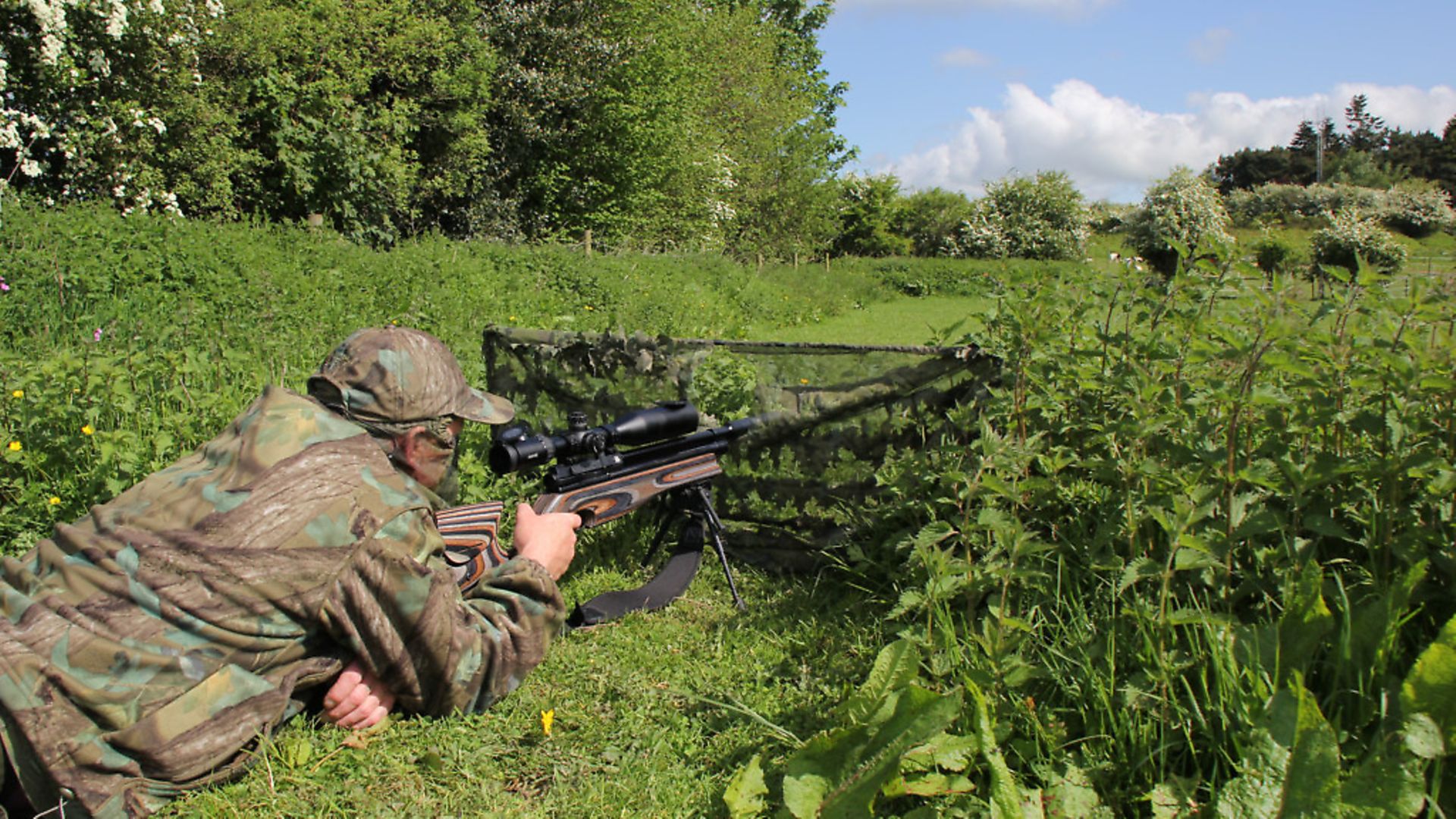 credit: Archant
credit: Archant
Record rabbit
An adult rabbit can measure 40 centimetres in length, and weigh between 2½ – 4½lbs. The hind foot measures 8.5 –10 centimetres in length, whilst the ears are 6.5–7.5 centimetres long from the base to the tip. Size and weight varies according to food and habitat quality, so rabbits living on light soil with nothing but grass to feed on will be noticeably smaller than specimens living on highly cultivated farmlands with plenty of roots and clover; one large specimen, caught in February 1890, not far from where I live in Lichfield, was weighed at 2.8 kilograms (6lb 2oz). The fur of the rabbit is generally greyish-brown, but I have shot rabbits that look ginger, and black ones too. This change of colour is almost certainly a mixed breeding of a wild rabbit and an escaped pet.
Moulting occurs once a year, beginning in March on the face and spreading over the back. The under-fur is completely replaced by October/November. You can see why they were regarded as a valuable meat source, and it would not take many skins to knock up some warm clothes.
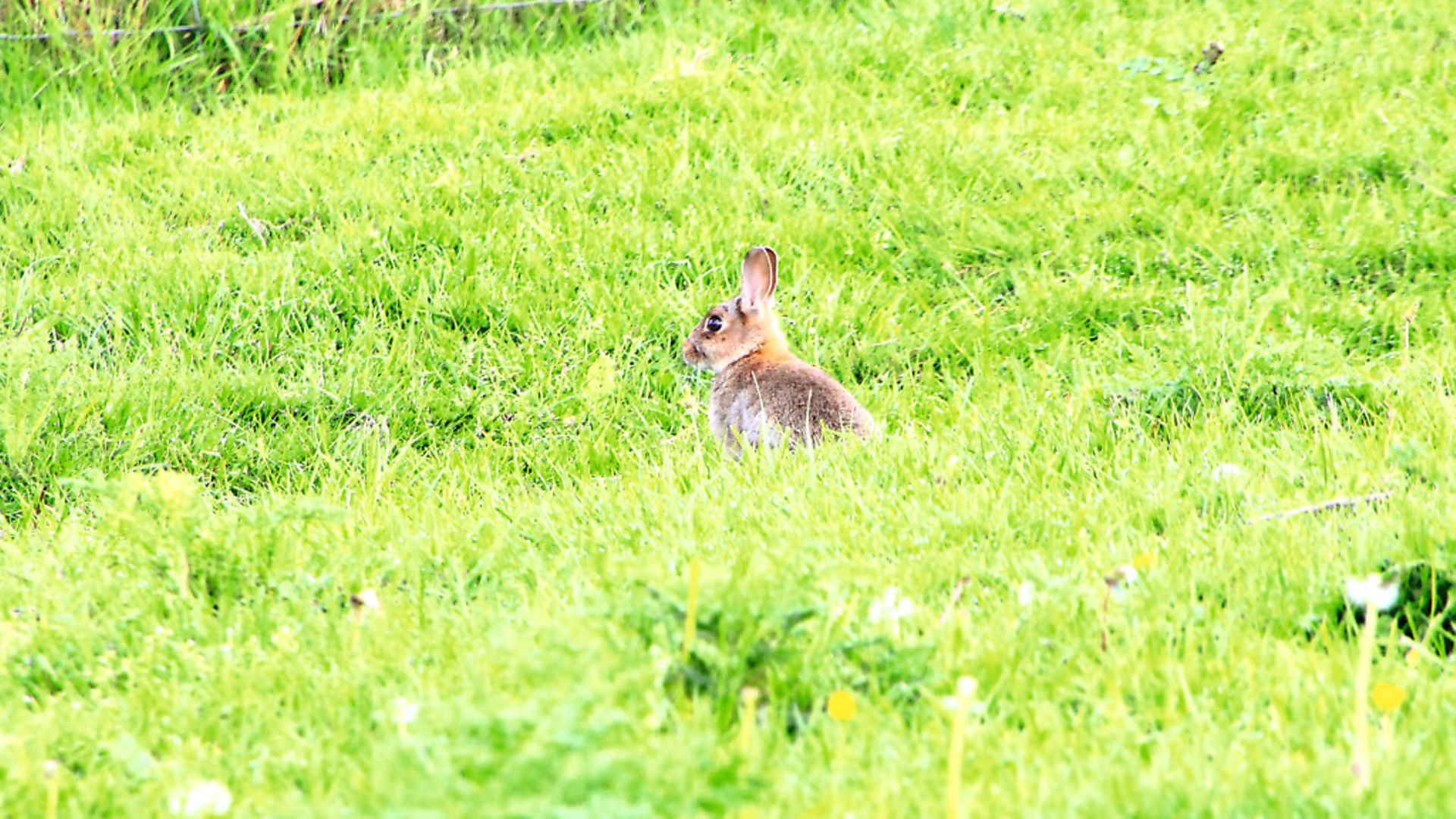 credit: Archant
credit: Archant
Breeding success
Rabbits live in warrens that contain from 4 to 10 other individuals, to ensure greater breeding success. The rabbit is very territorial and will stick to one area, and for this reason in summer months, I get out into the field in front of the warren and shoot the rabbits as they come out to feed. I use a small blind that I made, and it is a very successful way to bag a few on warm evenings. The rabbit rarely strays far from its burrow; it typically only moves 30-40 metres away – unless there is better food coming through in neighbouring fields. A lot of grounds might have some sort of predator control, and this can also determine how far a rabbit will venture away from its warren. If there is a smaller risk of being caught by a fox or badger, it will go further out into the fields.
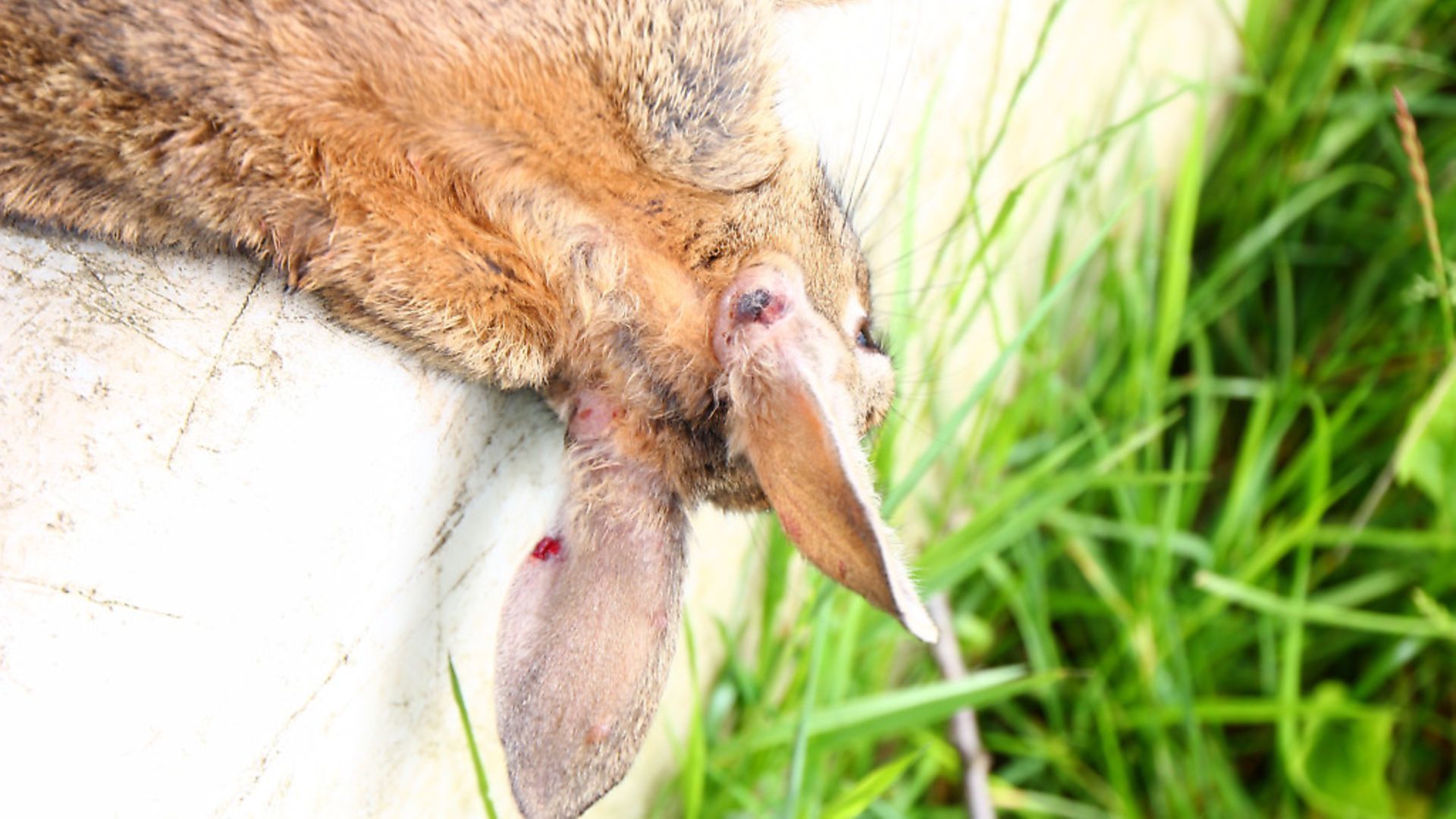 credit: Archant
credit: Archant
Many of you who shoot rabbits will have heard of myxomatosis. This disease was first introduced in Australia, and the virus was field-tested for population control in 1938. A full-scale release was performed in 1950 and it was devastatingly effective, reducing the estimated rabbit population from 600 million to 100 million in two years. That is some drop in population! Thankfully, releasing infected rabbits to virus-free grounds is now banned in the UK. At first, the disease is usually visible by lumps and puffiness around the head and genitals. It might progress to acute conjunctivitis, which I have seen many times in the past, and this also can be the first visible symptom of the disease. The rabbits become listless, lose appetite, and develop a fever. Secondary bacterial infections occur in most cases, which cause pneumonia and inflammation of the lungs. In cases where the rabbit has little or no resistance, death may take place rapidly, often in as little as 48 hours, but most cases result in death within 14 days. Resistance has been increasing slowly since the 1970s, but the disease still kills about 50% of infected rabbits. It is a horrible sight and seeing a rabbit suffering because of the effects still upsets me to this day.
More shots
So, there’s a little bit of information about the rabbit and how this remarkable mammal has survived to become one of the biggest pests that we have to control today. I use several methods of controlling rabbits with the air rifle, including shooting them from behind a blind, stalking, and at night with the aid of torch and night-vision gear. I hope these features will help you to get some extra shots off, and bag a few for the pot. Next month, I will be showing you how effective shooting behind the blind can be, and making the most of the warm summer evenings – if we get any summer, that is.
__________________________________________________
Hunting: A profile on the magnificent woodpigeon
The best way of culling grey squirrels
Hunting: Shooting rabbits at night